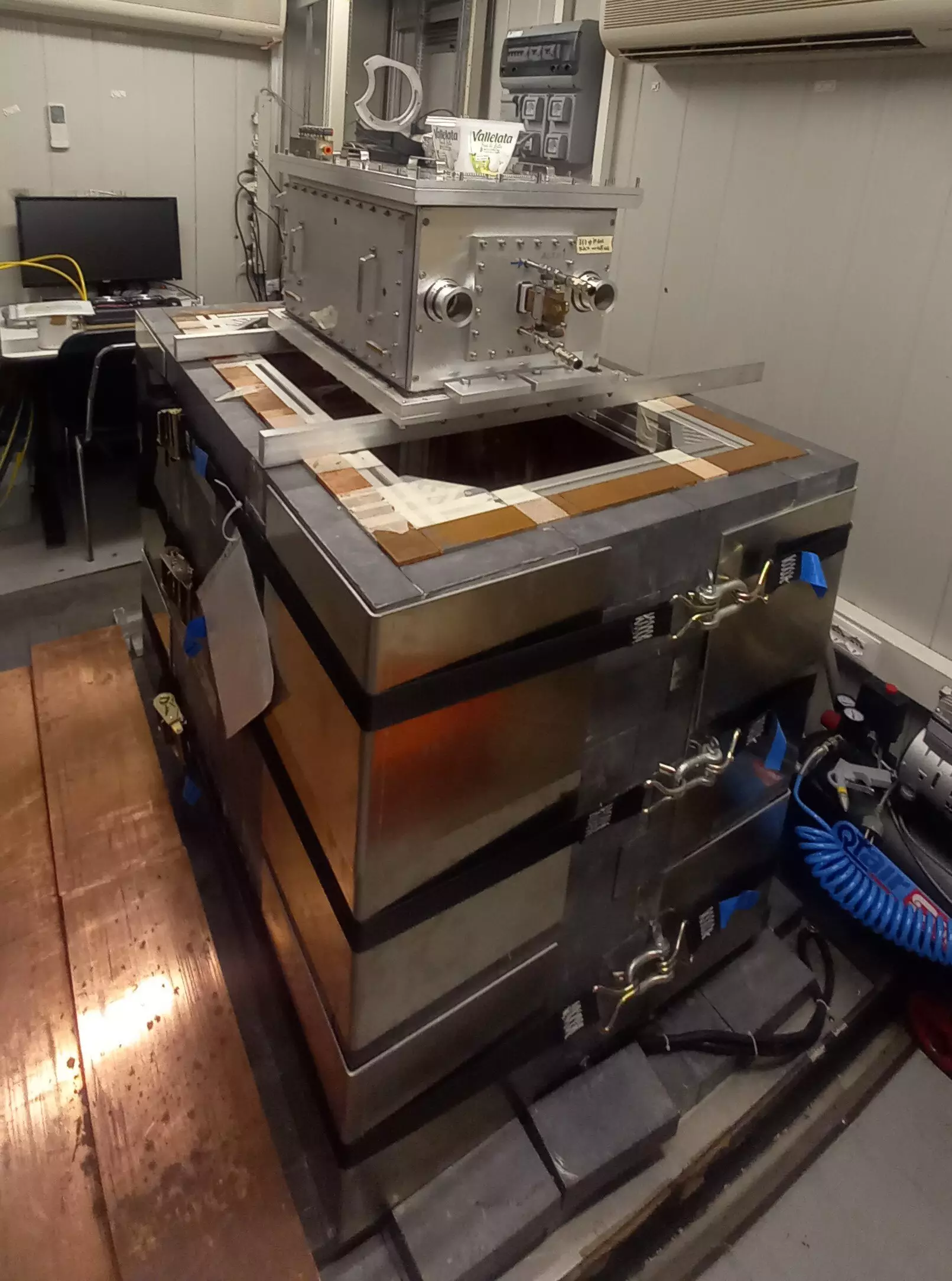The realm of quantum mechanics is a playground of peculiarities and paradoxes, presenting fundamental challenges that have perplexed physicists for generations. The famous thought experiment that exemplifies this baffling nature is Schrödinger’s cat, a hypothetical creature that simultaneously exists in a state of life and death due to the complexities of quantum superposition. Despite this intriguing illustration of quantum phenomena, our macroscopic world appears to operate distinctly, where cats are either alive or dead, never existing in a limbo of uncertainty. This divergence between quantum and classical experiences initiates the exploration of foundational issues, particularly the question of why quantum effects seem to vanish at larger scales. Recently, a global collaboration of scientists has shed light on this dilemma by proposing refined methodologies for testing alternative models to standard quantum theory. Their findings offer a potential pathway for understanding quantum behavior on macroscopic scales and were published in the prestigious journal, Physical Review Letters, in June 2024.
Superposition and Its Disappearance
Standard quantum theory posits that particles can exist in superposition, entailing states where they possess conflicting properties simultaneously. For example, a radioactive atom can be both decayed and undecayed while unobserved. The implications extend to everyday examples, as theorized in the Schrödinger’s cat scenario involving a vial of poison triggered by a decayed atom. When examining the experimental realm, researchers have achieved observation of superposition states even with relatively large objects, such as 16-microgram sapphire crystals. The captivating question that emerges is why these superpositions do not manifest in our daily existence filled with cats, people, and furniture.
Fundamentally, physicists employ mathematical frameworks known as wavefunctions to model quantum systems. These wavefunctions govern the evolution of quantum states but exhibit a peculiar property known as collapse when measurements occur. “When we observe quantum systems, the inherent characteristics and behaviors linked to their quantum state recede,” notes Catalina Curceanu, a physicist involved in the research. The phenomenon, termed the “measurement problem,” becomes central in dissecting the transition from quantum uncertainty to classical certainty, prompting a rich discourse among physicists regarding potential explanations.
To navigate the complexities of the measurement problem, scientists have explored various alternative frameworks termed “quantum collapse models.” These models propose distinct mechanisms that could drive the collapse of wavefunctions in a manner contingent on the mass or size of the system. Notably, there are two primary variants; Continuous Spontaneous Localization (CSL) models suggest an intrinsic random process facilitating collapse, while others explicitly link the collapse to gravitational influences, as elaborated in the Diόsi-Penrose models.
The excitement embedded within these alternative models lies in their unique predictions of phenomena not predicted by standard quantum mechanics, such as spontaneous radiation. This aspect ignites curiosity among physicists, with the tantalizing possibility that empirical evidence could support these modified frameworks. For instance, a rigorous search for spontaneous radiation in the form of high-energy gamma rays has been conducted, yet no conclusive evidence has emerged thus far. The ongoing investigations have allowed researchers to eliminate certain simplified collapse models and refine the parameters of CSL models through rigorous testing and experimental scrutiny.
In their recent publication, Curceanu and her fellow researchers derived significant insights about spontaneous electromagnetic radiation, specifically targeting the lower energy spectrum within the X-ray domain. They indicated stark discrepancies between expected outcomes and empirical data for even the simplest models. “What’s surprising is how the rate of spontaneous radiation varies remarkably depending on both the atomic species under study and the chosen collapse model,” informed Kristian Piscicchia, another key contributor.
As a vital continuation of this research, the team plans to enhance previous experimental setups at the LNGS-INFN laboratory in Italy, aiming to delve into the predicted correlations between spontaneous radiation and atomic structure. These experiments will utilize a diverse array of targets to assess conditions generating spontaneous radiation effectively. Should a definitive signal be detected, it could establish a foundation for constraining collapse models and facilitate profound implications across scientific disciplines.
Concluding Thoughts on the Quantum Frontier
The exploration of quantum mechanics constantly challenges our perceptions of reality, opening avenues for intellectual and experimental advancements. Through meticulous research, physicists are reverberating through the layers of quantum enigma, drawing closer to untangling the complexities that underpin the measurement problem. As we continue to push boundaries in our understanding of fundamental physics, such inquiries not only enrich our comprehension of the universe but have the potential to reshape the future of science itself. The journey remains intricate, but with every experiment and theory put to the test, we inch closer to grasping the enigmatic essence of the quantum world.

